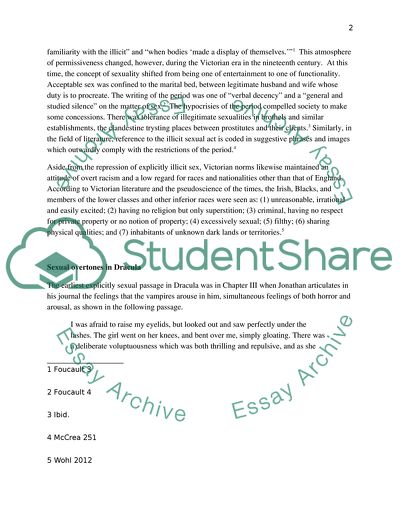Cite this document
(Gothic Romance: Bram Stokers Dracula Term Paper, n.d.)
Gothic Romance: Bram Stokers Dracula Term Paper. https://studentshare.org/literature/1806966-gothic-romance
Gothic Romance: Bram Stokers Dracula Term Paper. https://studentshare.org/literature/1806966-gothic-romance
(Gothic Romance: Bram Stokers Dracula Term Paper)
Gothic Romance: Bram Stokers Dracula Term Paper. https://studentshare.org/literature/1806966-gothic-romance.
Gothic Romance: Bram Stokers Dracula Term Paper. https://studentshare.org/literature/1806966-gothic-romance.
“Gothic Romance: Bram Stokers Dracula Term Paper”. https://studentshare.org/literature/1806966-gothic-romance.


